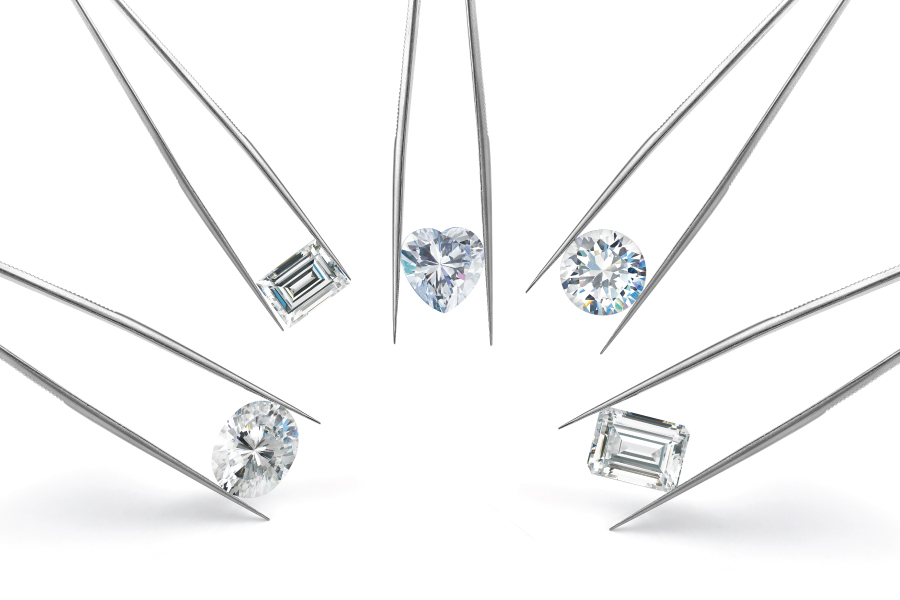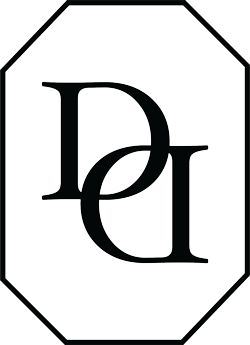Your fiancé-to-be will instantly tell that they’re wearing something special and unique with a diamond’s beautiful sparkle. It is a true show stopper to wear an engagement ring.
A diamond’s sparkle, or brilliance, is well known, but depending on the lighting conditions, specific shaped diamonds or cuts of diamonds, it can sparkle very noticeably.
Sparkle – what is it?
A diamond sparkles when it is exposed to light. A diamond that sparkles best has a structure that allows it to reflect light in the best way possible.
When cutting diamonds, the cutter should ensure high-quality facets to make them sparkle. A stone’s facet is like a tiny mirror that twinkles and sparkles on its surface. It is therefore always essential to know their number and purity.
Why does a diamond sparkle?
Before exploring the most sparkly-shaped diamonds, let’s examine what makes a diamond sparkle.
The sparkle of a diamond is determined by its ability to capture light and reflect it to the viewer. Diamonds typically appear more sparkly when they reflect more light from their facets. That’s why diamonds are cut into facets because when the light bounces back and forth between the diamond’s faces, it creates a beautiful sparkle.
As well-cut diamonds can reflect different types of light, it is essential to break down what “sparkle” means in this sense. “Brightness” and “fire” refer to the ability to reflect light.
White light is reflected by diamonds, resulting in their brilliance. A diamond must reflect as much white light as possible off its table to your eyes to be considered “brilliant”. In addition to its beauty and sparkle, this factor also contributes to its strength and durability.
The ability of a diamond to disperse coloured light is referred to as fire. A diamond’s unique character and beauty can be enhanced by a coloured reflection that occurs when it has excellent fire. In addition to red, orange, yellow, green, blue, and violet, fire can take on any spectral colours.





